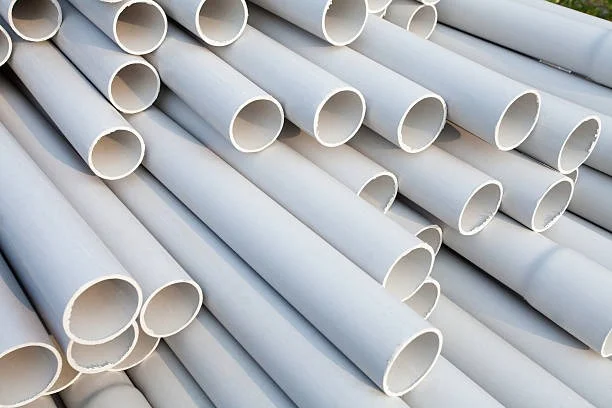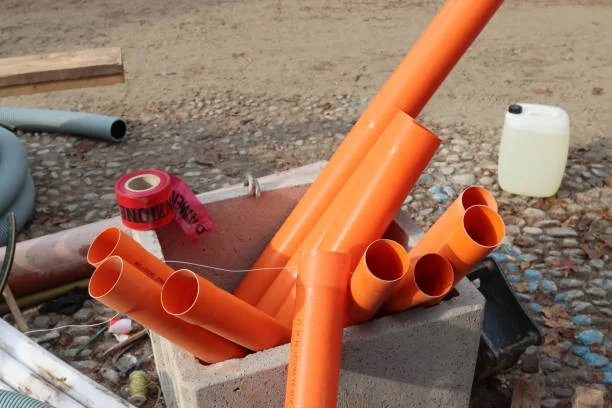In the realm of sustainable infrastructure, HDPE pipes shine as an emblem of environmental consciousness. With their low carbon footprint, durability, and recyclability, HDPE pipes exemplify a responsible choice for construction projects. Join Newtech-pipes.com in championing sustainability through the versatile application of HDPE pipes, forging a path towards a greener future.
Sustainability and HDPE Pipes
Sustainability and HDPE Pipes: A Perfect Match
In a world where environmental sustainability is paramount, finding innovative solutions that reduce our carbon footprint and promote eco-friendliness has never been more crucial. One such solution is the use of High-Density Polyethylene (HDPE) pipes. HDPE pipes have gained increasing recognition as a sustainable choice in various infrastructure and construction projects. In this article, we will explore the sustainability aspects of HDPE pipes and their role in creating a more environmentally responsible future.
 The Environmental Advantages of Sustainability and HDPE Pipes
The Environmental Advantages of Sustainability and HDPE Pipes
1. Low Carbon Footprint:
One of the primary reasons why HDPE pipes are considered an eco-friendly choice is their low carbon footprint. During production, HDPE pipes consume significantly less energy compared to traditional materials like steel or concrete. This energy efficiency translates into reduced greenhouse gas emissions, making HDPE pipes an environmentally sound option.
2. Longevity and Reduced Replacement Needs:
HDPE pipes are engineered to last. Their exceptional durability ensures a long lifespan, significantly reducing the frequency of replacements. This longevity not only saves valuable resources but also minimizes the energy required for manufacturing and installation, further contributing to sustainability.
3. Fully Recyclable:
Another crucial aspect of HDPE pipes’ sustainability is their recyclability. At the end of their service life, The Cheapest HDPE pipes can be collected, cleaned, and transformed into new HDPE products, including pipes. This closed-loop recycling system promotes a circular economy, reducing the demand for new raw materials and minimizing waste.
Safety and HDPE Pipes: A Reliable Partnership
HDPE pipes are not only environmentally friendly but also safe for various applications, including transporting drinking water.
Regulated by stringent safety standards, HDPE pipes are non-toxic, resistant to chemical leaching, and corrosion-free. These qualities ensure that the water remains safe and clean as it flows through the pipes, making them a trusted choice for water distribution systems.
Challenges and Considerations
While HDPE pipes offer numerous sustainability benefits, it’s essential to acknowledge potential challenges. These may include higher initial costs compared to some materials, susceptibility to UV degradation if not adequately protected, and the need for skilled installation to prevent joint failures. However, with proper planning and execution, these challenges can be effectively addressed.
Versatility and Limitations
HDPE pipes are versatile and find applications in various industries, from water supply and sewage systems to gas distribution. However, they may not be suitable for extremely high-temperature applications or situations where exceptional pressure resistance is required.
Proper engineering and material selection are vital to ensure HDPE pipes are the right choice for a specific project.
In the quest for sustainable infrastructure, HDPE pipes emerge as a beacon of innovation and eco-consciousness. With their low carbon footprint, durability, and recyclability, HDPE pipes from Newtech-pipes.com offer a reliable solution for environmentally responsible projects. Explore our commitment to sustainability and join us in shaping a greener future through the versatile application of HDPE pipes.
Promoting Sustainability with HDPE Pipes
Incorporating HDPE pipes into construction and infrastructure projects can play a significant role in reducing water and energy waste. Their durability and resistance to corrosion minimize leaks and losses in water distribution systems, leading to more efficient and reliable water supply networks. This, in turn, can result in substantial energy savings and less water wastage.
Conclusion Of Sustainability and HDPE Pipes
In a world striving for sustainability, HDPE pipes stand as a testament to innovation in infrastructure materials. Their low carbon footprint, durability, and recyclability make them an environmentally responsible choice. As the construction industry continues to embrace sustainable practices, HDPE pipes are poised to play a pivotal role in building a greener and more eco-conscious future.
Incorporating HDPE pipes into infrastructure projects is not just a practical choice; it’s a sustainable one. By choosing HDPE, we can construct a world that meets its infrastructure needs while safeguarding the environment for generations to come. The versatility of HDPE allows for the effective ‘upgrading’ (upp) of pipe systems, ensuring enhanced performance and longevity in our efforts to create a more resilient and eco-friendly infrastructure.

Continuing our commitment to sustainability, Newtech-pipes.com remains at the forefront of promoting eco-friendly solutions through the use of HDPE pipes. With a focus on reducing carbon footprints, conserving resources, and fostering a circular economy, we strive to lead by example in the construction and infrastructure sectors. By incorporating HDPE pipes into projects, we not only meet infrastructure needs but also contribute to a greener and more environmentally responsible future. Join us in our mission to build sustainable communities and preserve the planet for future generations. Together, we can make a significant difference in creating a more sustainable world.
Frequently Asked Questions About Sustainability and HDPE Pipes
1. What are HDPE pipes, and why are they considered sustainable?
HDPE (High-Density Polyethylene) pipes are a type of plastic pipe commonly used for various applications, including water supply, sewage, and drainage. They are considered sustainable because they are durable, have a long lifespan, and are recyclable. Additionally, HDPE pipes are resistant to corrosion, which reduces the need for frequent replacements.
2. How do HDPE pipes contribute to environmental sustainability?
HDPE pipes contribute to environmental sustainability in several ways:
- They have a low carbon footprint during production compared to other materials like steel or concrete.
- Their long lifespan reduces the frequency of replacements, saving resources and energy.
- HDPE pipes are fully recyclable, promoting a circular economy.

